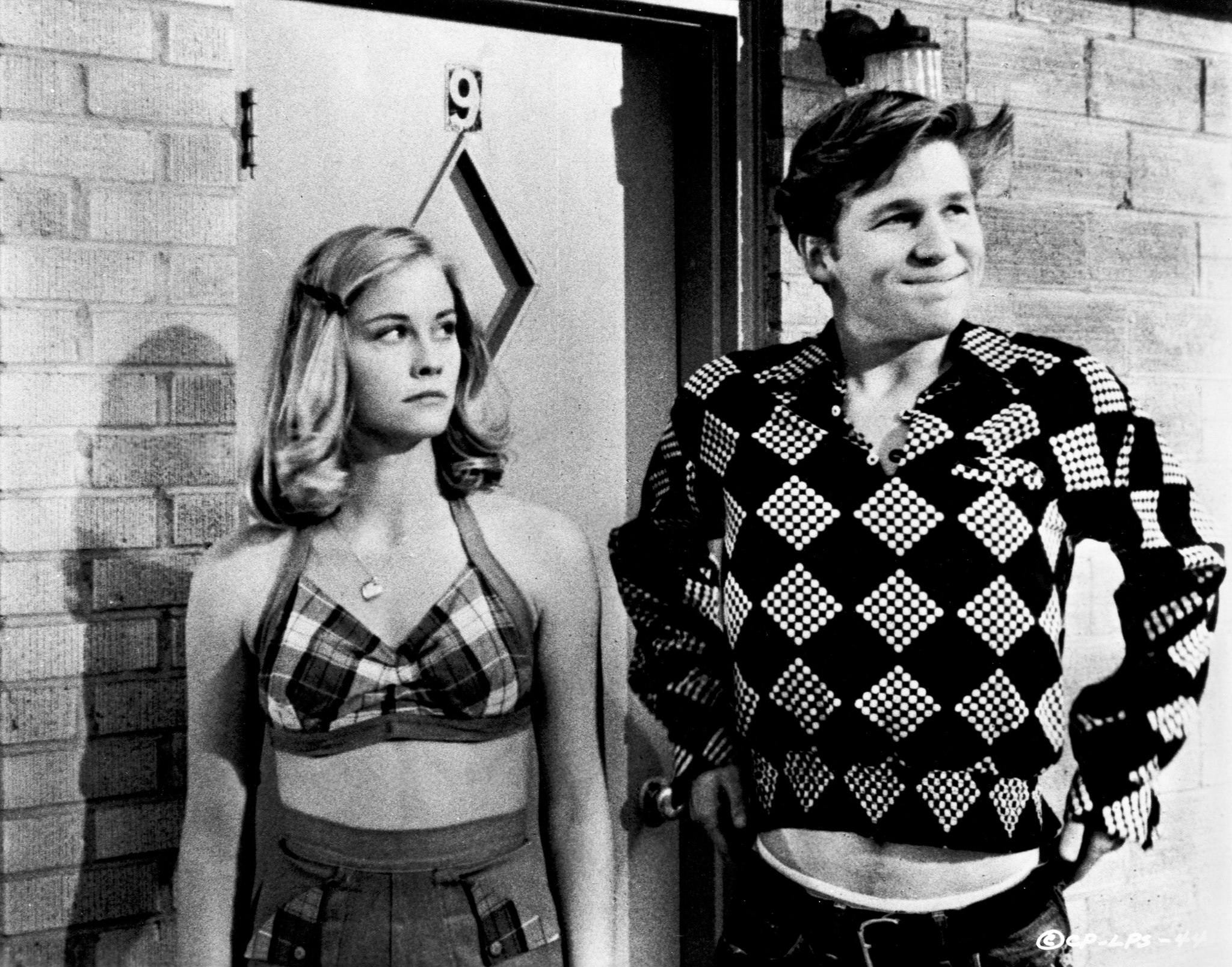
Co-written with novelist Larry McMurtry, Peter Bogdanovich’s The Last Picture Show is a coming-of-age tribute to a bygone era of time.
“Nobody wants to come to shows no more. Kid baseball in the summer, television all the time.” — Miss Mosey (Jessie Lee Fulton) to Duane Jackson (Jeff Bridges).
Over fifty years later, these lines hit harder. Because of the pandemic, many theaters are fighting for their life. Movie palaces are especially fighting for their life (as documented by April Wright in Going Attractions). But when the film was released in fall 1971, it was set 20 years earlier in 1951-1952. Streaming services didn’t exist in 1951 but the rise of television forced studios to become innovative. 3D, VistaVision, CinemaScope, you name it. They took advantage of what TV had to offer by licensing their library. TV networks being sold repeatedly over the years means that it’s a wonder if we know who owns the license to which film! Oh, how so much has changed!
I didn’t go into this film meaning to think of other films. But somehow, I started thinking of American Graffiti and similar coming-of-age films. These films are personal for their filmmakers. Maybe not so much the case for Bogdanovich but definitely for co-writer Larry McMurtry. According to It Happened in Hollywood, Bogdanovich was not interested when he first saw the book at a drugstore. Everything changed when he Sal Mineo gave him a copy of the book. Anyway, the film’s main focus is on long-time best friends Sonny Crawford (Timothy Bottoms) and Duane Jackson (Jeff Bridges). Duane is dating Jacy Farrow (Cybill Shepherd) while Sonny broke up with Charlene Duggs (Sharon Taggart). They live in Anarene, Texas and are both graduating high school. Maybe its the high school part but it’s no wonder that I started thinking about American Graffiti!
The drama really begins to heat up towards the end of 1951. Sonny starts seeing Ruth Popper (Cloris Leachman), the depressed wife of his coach. Leachman’s performance in the film would win her an Oscar. Meanwhile, Jacy gets invited to a skinny-dipping party but unless she has sex, Bobby Sheen (Gary Brockette) will never have interest in her. More drama comes Sam (Ben Johnson) bans Duane and Sonny from the movie theater, pool hall, and café. It’s pretty sad when the three locations are the hub of all social activities in town. All because they don’t know how to take care of a friend! Eventually, Sam forgives Sonny because he leaves him the pool hall following his sudden death on New Year’s.
I’m not going to rehash the plot. There’s a lot of drama going on between friends. Duane decides to fight in Korea after Sonny gets disqualified due to an eye injury. Jacy’s plan to elope with Sonny (her falling for him is why his eye gets injured) doesn’t go so well. It’s not until Duane returns from leave that he and Sonny make up as they attend the last-ever film at the theater, Howard Hawks’s 1948 Western, Red River.
Much as Hollywood loves to make films about Los Angeles and New York, there’s something to be said about small-town USA. It isn’t unfair to say that they don’t make them like they used to. While these films are able to withstand the test of time, I’m sitting here wondering just how many classics could be made today and feel the same love. It’s just some food for thought. Maybe it’s just me but I feel like we don’t see many small-town USA type of films these days.
By the time this film came out, Bogdanovich was already known for his film criticism and books. But in terms of his filmmaking skills, this was his forth film. Had John Ford not broken up The Streets of Laredo, it’s unlikely that The Last Picture Show would be the filmmaker’s masterpiece. Outside of the acclaim for this film, The Last Picture Show is best known for being the film that led Bogdanovich to divorce Polly Platt. He fell in love with Cybill Shepherd and the rest is history.
It’s an interesting choice to make the film in black and white. Films had long since made the transition to color by this point in time. Billy Wilder was one of the few filmmakers still releasing films in black and white. But because of the time period in which the film is set, it’s one of the decisions that works.
The Last Picture Show isn’t the most inspiring film but Peter Bogdanovich manages to direct superb performances in the period film.
DIRECTOR: Peter Bogdanovich
SCREENWRITER: Larry McMurtry and Peter Bogdanovich
CAST: Timothy Bottoms, Jeff Bridges, introducing Cybill Shepherd, Ben Johnson, Cloris Leachman, Ellen Burstyn, Eileen Brennan, Clu Gulager, Sam Bottoms, Sharon Taggart, Randy Quaid, Joe Heathcock
Columbia Pictures released The Last Picture Show in theaters on October 22, 1971.
Please subscribe to Solzy at the Movies on Substack.





